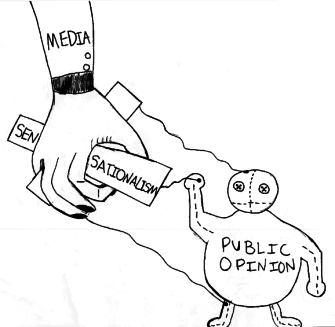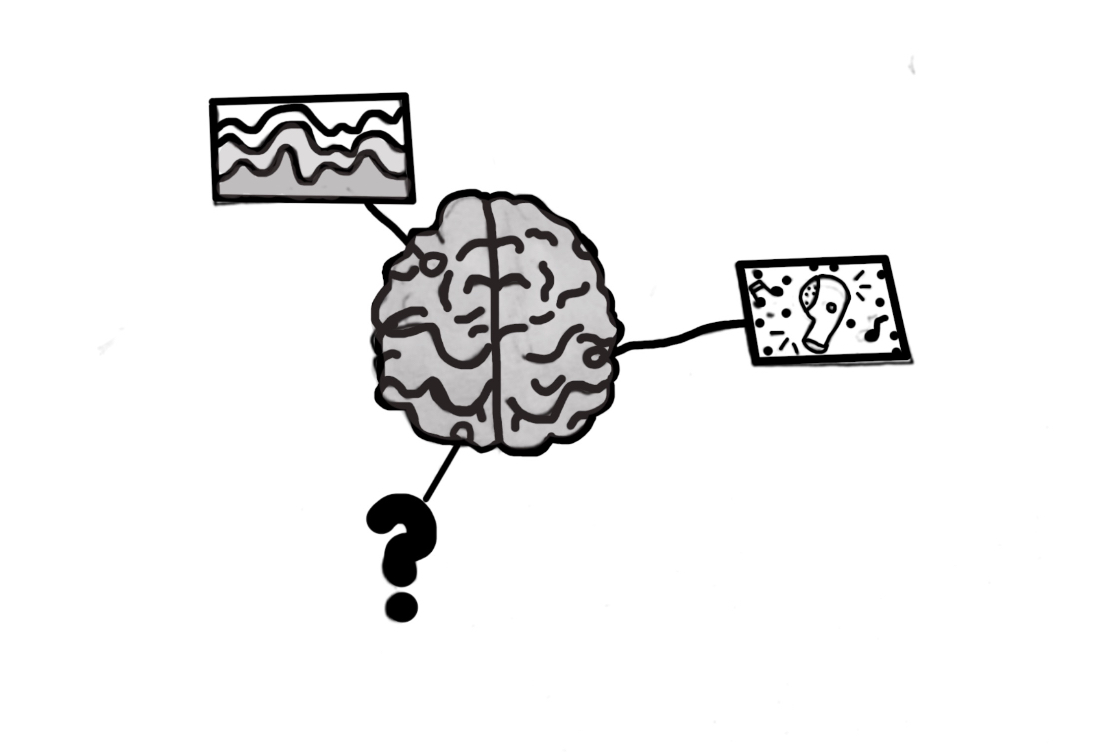A few months ago, Rolling Stone Magazine shocked the nation when they published an exposé on alleged sexual assault at a University of Virginia fraternity. The article led to widespread outrage—in response, UVA temporarily suspended the activity of all fraternities.
Soon, however, the very fabric of the Rolling Stone article began to fall apart at the seams. An outside investigation revealed that many of the facts in the article were exaggerated or simply not true. Earlier this week, Rolling Stone retracted the article.
This is just one example of how the media has twisted the truth for the sake of a better story. Rolling Stone’s release of a factually inaccurate story undermined the purpose of journalism and devalued the important issue of sexual assault.

As the Rolling Stone article demonstrated, there are many sides to every story. Too often, however, readers are not given the full information about a news event. When important stories break, news outlets sometimes twist them, spinning the story and favoring sensationalism over truth.
Living in the age of the Internet is a double-edged sword. It’s easy to do research and find information about any imaginable topic—however, it’s also easy to become swept up in the overwhelming tide of information that exists at our fingertips.
At Redwood, it’s common for teachers to hold discussions of current events during class. It’s great to be informed about what’s happening in our world, but too often class discussions become one-sided as students recount biased versions of events. When studying topical issues, it’s important to examine all sides instead of just sticking to the popular opinion.
Rather than believing the often-sensationalized stories that are thrown at us, we must take a moment to look at the whole story, to acknowledge all sides, and to make our own educated deductions about what we believe.
A similar controversy recently surrounded another news story: the shooting of Michael Brown in Ferguson, Missouri, and the subsequent investigation into the circumstances surrounding his death.
In the beginning stages of the investigation, the truth remained buried under a sea of rumors that were exaggerated by the majority of media outlets. Many news outlets jumped to conclusions about the events that occurred in Ferguson. Subsequently, sensational versions of the Michael Brown story became widely accepted.
But a few weeks ago, the Department of Justice (DOJ) released a report revealing their findings about the Ferguson Police Department and the Michael Brown case and showing that much of the media’s coverage of the Michael Brown shooting was untrue or exaggerated.
The DOJ findings don’t change everything. They don’t change the disconcerting tendency of some police officers to shoot first and ask later, nor do they lessen the significance of other black men who have been wrongfully killed at the hands of law enforcement.
What the DOJ findings potentially change, however, is the way that we should understand the news stories that we read. Instead of placing our full trust in our preferred news outlets, we should recognize that the truth may sometimes become warped.
In both the Michael Brown case and the Rolling Stone article, the media was reporting on a tragic and terrible event. Readers became transfixed, as did the journalists. We all lost sight of reality.
So the next time a big, urgent story comes to light, the public should be sure to closely examine what they are reading. At the same time, news outlets should uphold their responsibility of conveying the real and honest truth, to make sure that everyone knows the full story.












